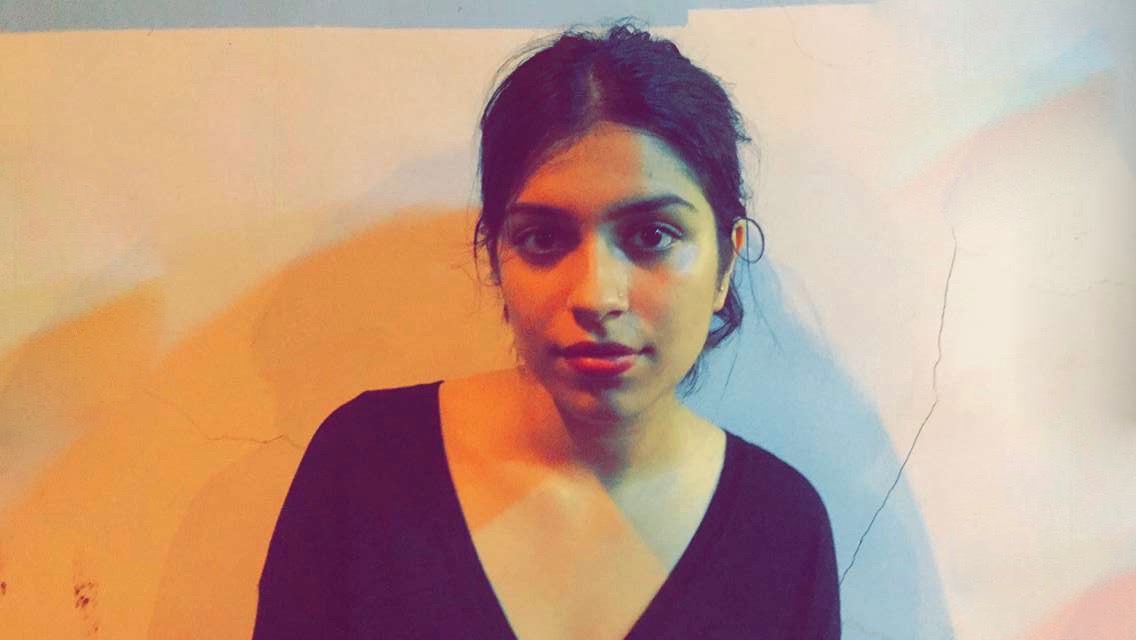Kamakshi Arora is a social media intern for Sahiyo. She is a multidisciplinary designer, artist, and researcher. She has a bachelor’s in Mechanical Engineering from NC State and a Masters in Product Design from The University of The Arts. Originally from Mumbai, India, she moved to the United States to pursue higher studies. She is particularly interested in using a transdisciplinary, participatory approach to design strategies for addressing current gender inequities, and to co-create meaningful initiatives to tackle women’s rights and health issues. She supports Sahiyo’s mission of empowering women through innovative grassroots initiatives based on storytelling and community engagement and is grateful for the opportunity to learn more about working in a feminist organization.
1) When and how did you first get involved with Sahiyo?
It was early in the year, and I really wanted to volunteer and support a feminist organization that was working for gender equity and reform. My thesis was on the concept of healing for survivors of sexual assault. I wanted to find an organization that was doing similar work and as soon as I found out about Sahiyo, I knew I had found that place. Sahiyo’s approach of combining storytelling and advocacy really caught my eye. I’m also from Mumbai so it felt like a great fit to be a part of an organization that was based out of my home.
2) What does your work with Sahiyo involve?
Right now I’m mostly involved in social media. This includes programming and developing content, sharing articles and educational information on our channels, and maintaining our persona online. As a designer, I love that I can be creative as I have used my artwork and drawing as a way to advance Sahiyo’s program. I try to subtly use my training in human-centered design and trauma-informed principles in the work that I create for Sahiyo.
3) How has your involvement with Sahiyo impacted your life?
Greatly. For one thing, I saw the power of storytelling in all its forms. Sahiyo taught me to be coherent and persevering with our messages and how we can write a story that supports the purpose of our mission. Second, my perspectives as an intersectional feminist have expanded. I was not aware of female genital cutting (FGC) before. I have learned much about the issue of FGC and its existence in the broader context of women’s subjugation in our society and cultures. I’m now a lifelong advocate and ally of Sahiyo’s mission and will continue to use my own skills to do my bit.
4) What words of wisdom would you like to share with others who may be interested in supporting Sahiyo and the movement against FGC?
Please do not be afraid to learn and inquire about female genital cutting. By asking questions and speaking actively, we are contributing to Sahiyo’s mission to end FGC. Share our stories, attend our workshops, make a donation, and/or volunteer. It’s all so informative, and you’ll leave with a wealth of resources to do your own advocacy.

